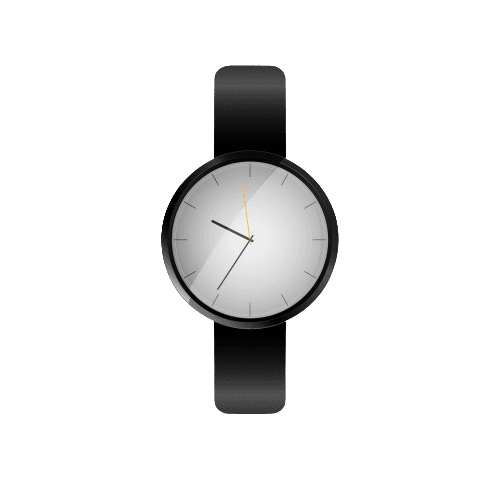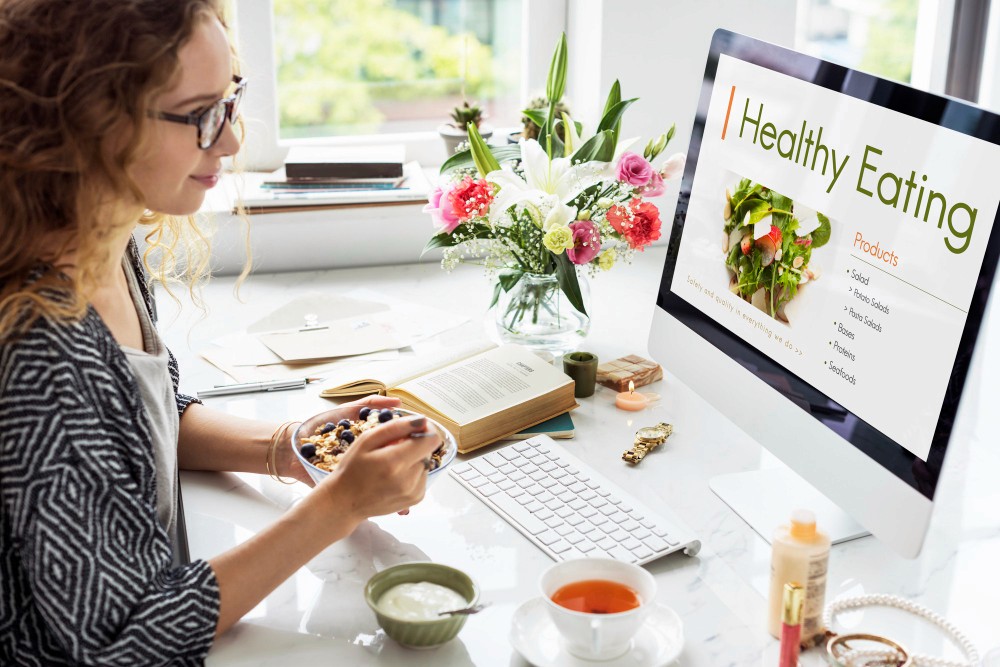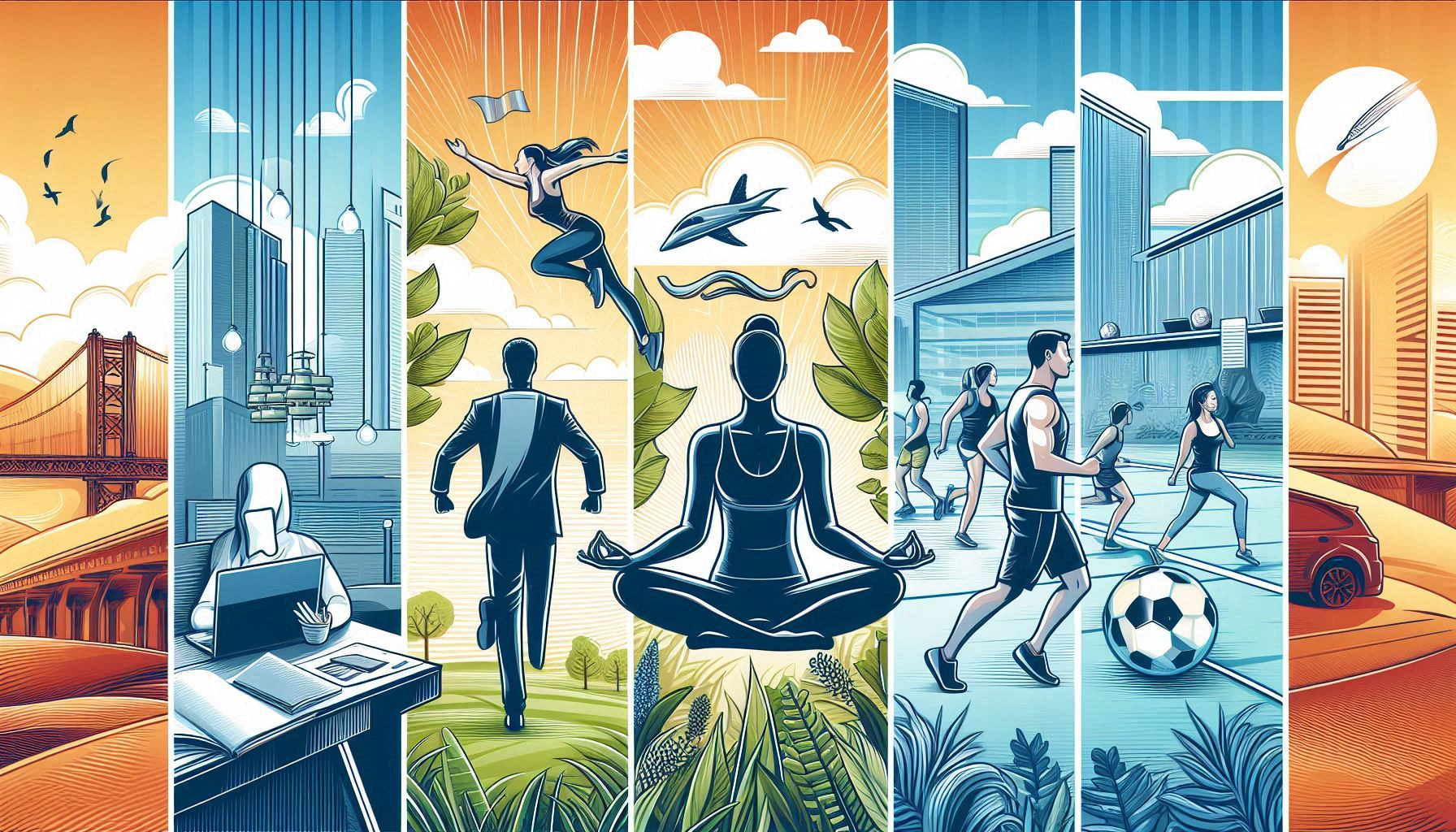Body
3 Common Hair Problems That Horrify Women in Their 30s

Team NxtClue
Content
|
3 mins
|
Aug 23, 2024

0:00/1:34
Don't have enough time to read?
Listen

Hair Problems That Horrify Women in Their 30s
Women go to great lengths to make sure their hair are at its shiny best every day. From trying out stinky hair masks to giving into the homemade remedies that people swear “works wonders”, we’re usually willing to try anything once. However, it’s usually in our 30s that we go particularly crazy and start panicking about our hair problems (as I’ve heard from numerous friends currently going through the same). Well, no need to lose your calm and end up doing more harm than good.
Here are 3 hair problems women in 30s will relate to and their long-term solutions to each of them:
1. Grey Hair
Most women start noticing grey hair in their 30s or even before, depending on their lifestyles. Usually, this occurs with age when your hair starts producing less melanin–the pigment that adds color to your hair. While there’s no way to actually stop this, you can slow down the process by making some changes to your lifestyle and diet. Grey hair is also often related to a deficiency of folic acid, and some experts say that consuming folic acid or supplements to encourage the production of folic acid in your body can slow down or even prevent the growth of grey hair.
A natural way to protect your hair’s natural color is by regularly massaging your scalp with almond, coconut, rosemary, or olive oil. You can also try having black sesame seeds or 1-2 tablespoons of black molasses a day to encourage melanin production. If you’re coloring your hair, use organic hair colors that won’t weaken your hair further and try temporary or semi-permanent hair colors that will be less harsh on your hair.
Hair Fall
According to the American Academy of Dermatology, an average person loses about 50-100 strands of hair every day. As we age, hair fall starts increasing and the growth slows down, leading to thinner hair. 30s can also often be stressful, being a critical time period in our lives, which can lead to excessive hair loss. Your hair follicles also get smaller with age, which causes your hair to appear thinner. Usually, this type of ‘baldness’ becomes evident during or after the age of 40 among women, but even those in their 30s can sometimes experience this.
Keep it moisturized and apply conditioner after every wash. You should avoid shampoos that are harsh on your hair and strip the moisture away. Use leave-in conditioners that will give your hair a protective coating and prevent breakage, split ends, and damage from external factors such as dirt and pollution. Brush your hair gently, and reduce wearing hairstyles that pull on your hair or scalp as it t can further weaken already fragile hair.
Dry and Brittle Hair
Just like our hair follicles, our oil glands also shrink in size as we age. This affects how much of the natural oil produced by these glands, called sebum, is able to travel down your hair. Hair elasticity is also a huge part of having healthy hair. The more elasticity your hair have, the less fragile and brittle they are. Your hair become less elastic as you age, majorly because of the products and hairstyles it’s been subjected to throughout its lifetime. If you bleach or dye your hair regularly, or even stay out in the sun or pollution a lot, your hair will naturally become dryer and more brittle.
Of course, the best way to deal with dry hair is by oiling your hair regularly and keeping it well-moisturized using conditioners. Biotin supplements and keratin reconstructors can also help make your hair stronger. They repair damaged hair, filling in the pores that cause your hair to break or become frizzy. Avoid using hairstyling techniques such as straightening, curling, or perming. They will only dry out your hair even more.
One thing to keep in mind is that your hair is not a living tissue. While using conditioners and oils will help you improve the appearance of your current hair and maintain them, the main idea is to aid the growth of stronger and healthier hair and trim away the bad parts.
Download
Related Blogs

11 min
Body
Nutrition Tips for Better Health

Team NxtClue
|
26/08/24

11 min
Body
Stress Relief Through Fitness

Team NxtClue
|
26/08/24

11 min
Body
Weight Loss vs. Fat Loss

Team NxtClue
|
26/08/24

11 min
Body
Why Fitness Matters

Team NxtClue
|
26/08/24

I May Not Be the Menu, But I Can Still Guide You – I Know Some Shortcuts!
With us
Decision is yours
Without us

Copyright © 2024 NxtClue | All Rights Reserved
0:00/1:34
Don't have enough time to read?

Listen

3 mins
Body
3 Common Hair Problems That Horrify Women in Their 30s

Team NxtClue
|
Aug 23, 2024
Download
Hair Problems That Horrify Women in Their 30s
Women go to great lengths to make sure their hair are at its shiny best every day. From trying out stinky hair masks to giving into the homemade remedies that people swear “works wonders”, we’re usually willing to try anything once. However, it’s usually in our 30s that we go particularly crazy and start panicking about our hair problems (as I’ve heard from numerous friends currently going through the same). Well, no need to lose your calm and end up doing more harm than good.
Here are 3 hair problems women in 30s will relate to and their long-term solutions to each of them:
1. Grey Hair
Most women start noticing grey hair in their 30s or even before, depending on their lifestyles. Usually, this occurs with age when your hair starts producing less melanin–the pigment that adds color to your hair. While there’s no way to actually stop this, you can slow down the process by making some changes to your lifestyle and diet. Grey hair is also often related to a deficiency of folic acid, and some experts say that consuming folic acid or supplements to encourage the production of folic acid in your body can slow down or even prevent the growth of grey hair.
A natural way to protect your hair’s natural color is by regularly massaging your scalp with almond, coconut, rosemary, or olive oil. You can also try having black sesame seeds or 1-2 tablespoons of black molasses a day to encourage melanin production. If you’re coloring your hair, use organic hair colors that won’t weaken your hair further and try temporary or semi-permanent hair colors that will be less harsh on your hair.
Hair Fall
According to the American Academy of Dermatology, an average person loses about 50-100 strands of hair every day. As we age, hair fall starts increasing and the growth slows down, leading to thinner hair. 30s can also often be stressful, being a critical time period in our lives, which can lead to excessive hair loss. Your hair follicles also get smaller with age, which causes your hair to appear thinner. Usually, this type of ‘baldness’ becomes evident during or after the age of 40 among women, but even those in their 30s can sometimes experience this.
Keep it moisturized and apply conditioner after every wash. You should avoid shampoos that are harsh on your hair and strip the moisture away. Use leave-in conditioners that will give your hair a protective coating and prevent breakage, split ends, and damage from external factors such as dirt and pollution. Brush your hair gently, and reduce wearing hairstyles that pull on your hair or scalp as it t can further weaken already fragile hair.
Dry and Brittle Hair
Just like our hair follicles, our oil glands also shrink in size as we age. This affects how much of the natural oil produced by these glands, called sebum, is able to travel down your hair. Hair elasticity is also a huge part of having healthy hair. The more elasticity your hair have, the less fragile and brittle they are. Your hair become less elastic as you age, majorly because of the products and hairstyles it’s been subjected to throughout its lifetime. If you bleach or dye your hair regularly, or even stay out in the sun or pollution a lot, your hair will naturally become dryer and more brittle.
Of course, the best way to deal with dry hair is by oiling your hair regularly and keeping it well-moisturized using conditioners. Biotin supplements and keratin reconstructors can also help make your hair stronger. They repair damaged hair, filling in the pores that cause your hair to break or become frizzy. Avoid using hairstyling techniques such as straightening, curling, or perming. They will only dry out your hair even more.
One thing to keep in mind is that your hair is not a living tissue. While using conditioners and oils will help you improve the appearance of your current hair and maintain them, the main idea is to aid the growth of stronger and healthier hair and trim away the bad parts.
Copyright © 2024 NxtClue | All Rights Reserved

I May Not Be the Menu, But I Can Still Guide You – I Know Some Shortcuts!
With us
Decision is yours
Without us

Copyright © 2024 NxtClue | All Rights Reserved

I May Not Be the Menu, But I Can Still Guide You – I Know Some Shortcuts!
With us
Decision is yours
Without us

Related Blogs